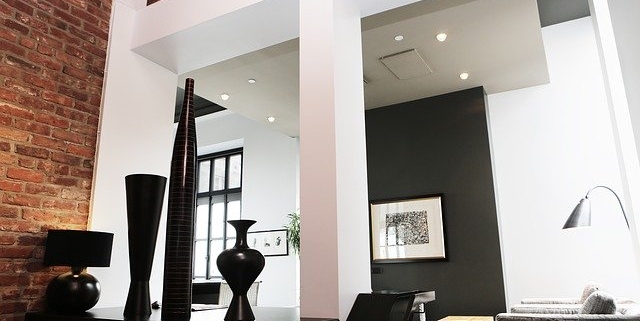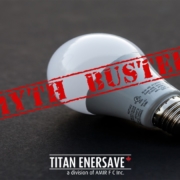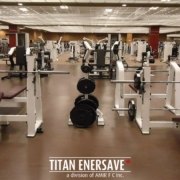7 Best Tips for Installing Retrofit Recessed Lighting
Recessed lights are sleek, clean, and an asset to any modern home. But recessed light installation can be difficult, dirty, and tiring because you are working with your arms above your head.
To make matters worse, you are often fighting against lights that refuse to stay secure in the ceiling. Use these tricks and hacks to make your retrofit light installation go faster and smoother. The result will be an attractive recessed light installation that provides steady, dependable light for your home.
Purchase Recessed Lights That Stay in Place
Recessed lights are held in place by clips that snap inside the ceiling. A good recessed light that decisively snaps into your ceiling and stays secure is highly valuable.
Poorly designed lights will unsnap and fall when someone walks on the floor above or even when a door shuts. Lights that require you to spend more time pushing and clipping them into place are a huge waste of time.
That’s why, when shopping for lights online, you should spend time on the reviews and keep your eye open for comments regarding clips and about lights staying up or falling.
One trick for getting recessed lights to stay in place is, upon installation, not to rely on the recessed light clips to draw the light housing up into the ceiling.
Instead, you should provide the push by placing your gloved hand inside of the light and pushing firmly up. When the light is flush with the ceiling, snap the clips down with the other hand.
Plan Well to Avoid Patching Holes
Patching accidental holes slow down the installation process, often by hours. Plan well and intelligently, thinking in terms of cable runs, correct placement of lights, and establishing an attractive pattern of lights.
If you are averse to planning, you will find that drywall patching, mudding, sanding, priming, and painting are extra layers of work that are far worse than planning. Creating a smart light plan well ahead of time gives you better-recessed lights and saves work.
Cut All of the Ceiling Holes at Once
It can be tempting to cut a hole, wire and place the light, then move onto the next one. This may work with more accessible items like wall outlets. But given the amount of work involved with cutting into ceiling drywall, it is best to do all of the cutting at one time.
Suit up with safety glasses, a respirator or dust mask, and a hat. Cut all of the holes at one time and clean up the work area. Then you can dust yourself off and get to the cleaner job of connecting the electrical cables to the recessed lights.
Cut the Holes to Tight Tolerances
Recessed lights have very low diameter tolerances. If you cut the ceiling hole even a tiny bit too big, the light housing is at risk of slipping through. If you cut the hole too small, it can be difficult to widen the hole without damaging the ceiling.
The adage “Measure twice, cut once” is true in matters relating to drywall ceiling holes. Use the paper template provided by the recessed light manufacturer. Then check and re-check the measurements on your ceiling saw.
Cut the hole exactly on the line that you draw on the ceiling with your pencil. Do not deviate by even 1/8-inch, as this may prevent the light from slipping in or it might cause the light to slip out.
Score the Ceiling Drywall With the Ceiling Saw
Adjustable hole saws are good but not perfect. While ceiling saws are capable of scoring a nice circle, they can sometimes cut a ragged hole if you continue to cut all of the ways through.
One trick is to use both the ceiling saw and the jab saw. Score the drywall paper with the ceiling saw. Then go back with the jab saw and complete the circle. This simple trick will give you a perfect circle every time.
Work on the Ground as Much as Possible
Working on the ladder drains your energy faster than working on the ground. Not only that, the more time you spend on the ladder, the greater your chances of falling and injury.
One trick that saves strain on your legs and neck is to complete as much work as possible on the ground, rather than upon the ladder. If the weather is favorable, you can even go outside for some of the work, such as adding cable clamps to the boxes.
Activities, like stripping wires and ripping cables, are best done off of the ladder. Save your ladder work only for those moments when you need to make the final connections or push the light up into the ceiling.
Tame the Cables Before Placing the Light
Electrical cables can re-position your light in ways that you did not intend. Usually, one or two electrical cables run into your recessed light.
These cables are so strong that they make placing your light within the ceiling hole a difficult task. Hold the light with one hand and, with the other hand, form the cable into an accordion-like shape. That way, when you push the light into the hole, the cable has more flexibility.









Leave a Reply
Want to join the discussion?Feel free to contribute!